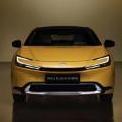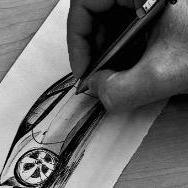Jaguar C-X75 Concept (Foto Ufficiali)
-
Contenuti simili
-
Honda Sustania-C Concept 2023 1 2
Pubblicato da __P,
- sustania-c concept
- honda concept
- (e 4 altri in più)
- 11 risposte
- 2149 visite
-
IED - Pagani Alisea Concept 2024 1 2
Pubblicato da Aymaro,
- pagani alisea
- ied pagani alisea concept
- (e 6 altri in più)
- 18 risposte
- 1323 visite
-
- 21 risposte
- 2415 visite
-
-
-
















.thumb.jpg.d20c5008a881490f9c7f843d442a34f8.jpg)





Messaggi Raccomandati:
Crea un account o accedi per lasciare un commento
Devi essere iscritto per commentare e visualizzare le sezioni protette!
Crea un account
Iscriviti nella nostra community. È facile!
Registra un nuovo accountAccedi
Sei già registrato? Accedi qui.
Accedi Ora